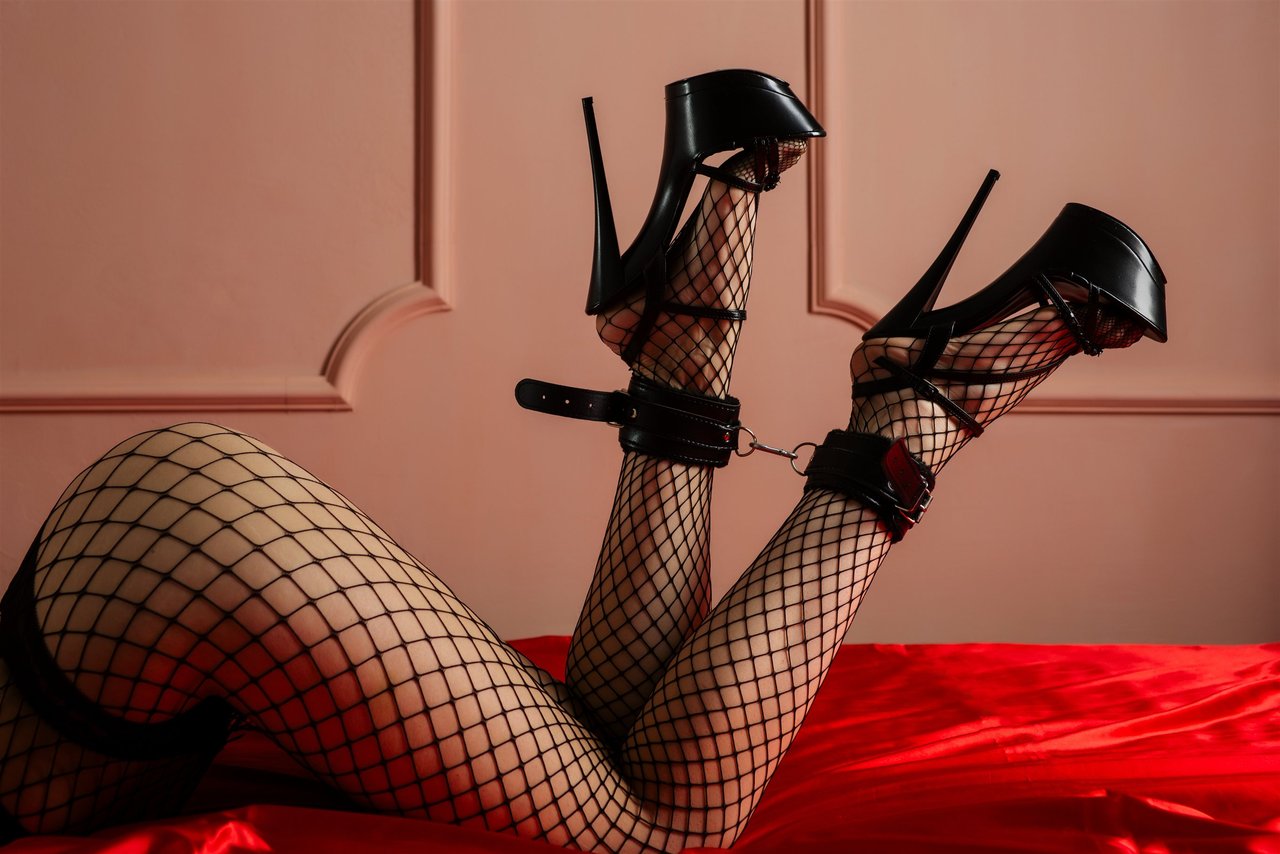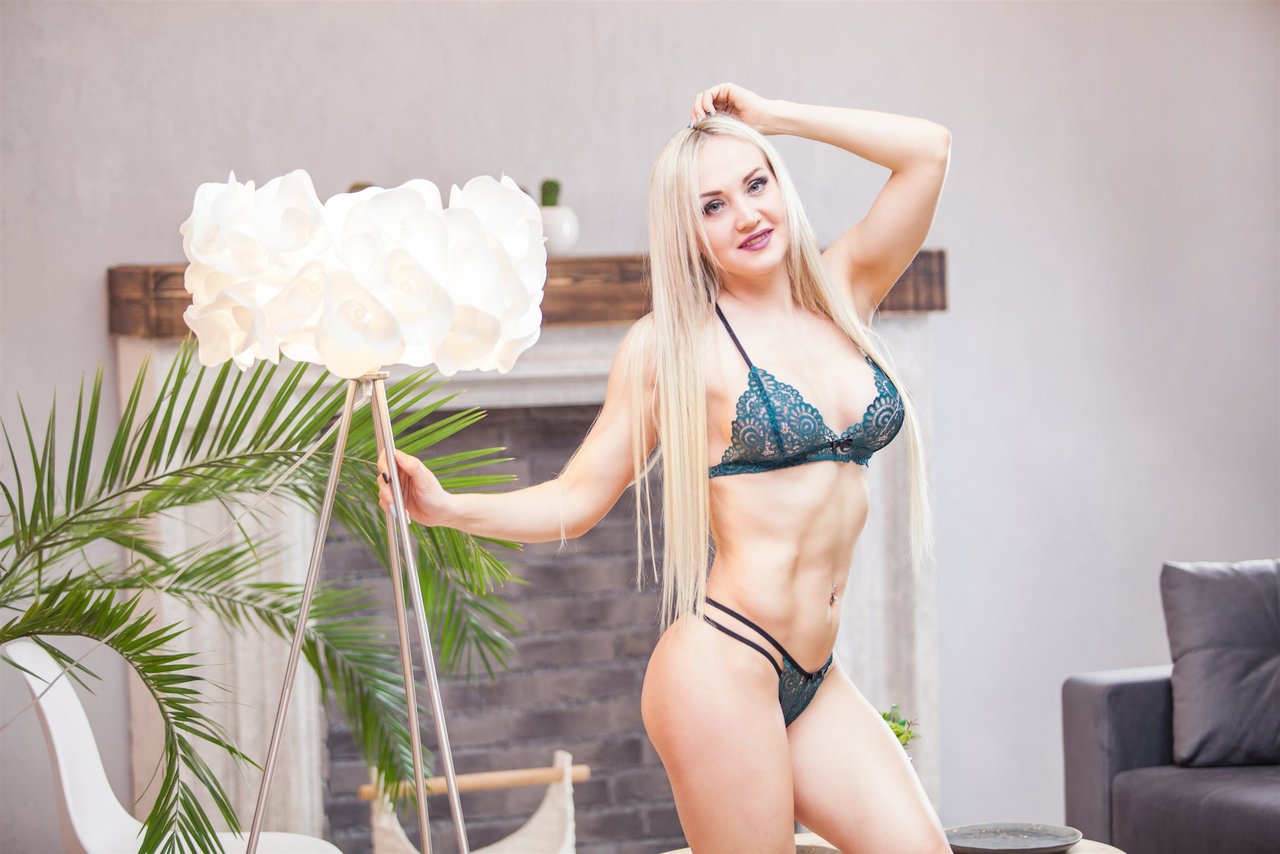The bisexual flag meaning and its role in bisexual representation today
Visibility means everything when your identity is so often misunderstood. The bisexual flag is more than a symbol—it's a lifeline to a history that too often gets erased. While many people recognize the rainbow flag at any pride event, there’s a good reason bisexuality deserves a flag that stands alone. Not everyone sees both sides of you. Walking through life, you might feel split: too “straight” for some, never “queer enough” for others. That’s where the bisexual flag steps in. It pushes back against bisexual erasure, drawing a bright line in pink, lavender, and blue.
This flag isn't just fabric. It's a protest, an act of self-respect, and a quiet invitation for others to see the full picture. It creates space—real, visible space—within the LGBTQ+ community for those whose attraction doesn’t fit a simple binary. For the bisexual community, it’s a signal fire: you’re not alone, you’re not invisible, and you don’t have to shrink into the background of someone else’s parade. Dedicated symbols matter because they affirm people’s lives, not just labels. The bisexual flag makes sure none of us get left behind when everyone else is celebrating pride. That matters—sometimes more than words ever could.
Bi flag history and Michael Page's vision for inclusion
Back in 1998, bisexuality was so often left out of queer flags and conversations that Michael Page—an activist who saw how invisible bi people felt—made a choice to step up. The bisexual flag was born from necessity, not just creativity. Page wanted a clear, instantly recognizable symbol to plant at pride events, something nobody could miss or mistake. The origin of the bisexual flag is rooted in this push for recognition during the late 1990s, when online chat rooms and tentative support groups gave bi people rare chances to come together.
Before the bi flag, many bisexuals had no universal symbol. Finding each other at large LGBTQ+ gatherings could feel like hunting for shadows. With the burst of the bisexual flag, inclusion became tangible: a banner you could actually wave, fabric you could wear, imagery that had meaning beyond commercial use. Accessibility was key—Michael Page designed the flag to be easy to reproduce, affordable, and instantly understood. This accessibility helped the flag catch on rapidly, as it traveled from pride parades to social media and into the hands of anyone hungry for belonging. The flag’s creation wasn’t just historical—it was deeply human, answering a need that still echoes today.
The meaning behind bisexual flag colors and what they symbolize
Each stripe on the bisexual flag adds another layer to the story of bisexual pride, and the careful choice of colors comes loaded with meaning. These are not random shades—they’re a coded message for those who know how to look.
Let’s break down the bisexual flag colors:
- Pink: Represents same-gender attraction—love and desire towards the same sex, like that celebrated in lesbian and gay spaces.
- Blue: Marks opposite gender attraction—connections, crushes, or relationships with people of a different gender.
- Lavender (the blend): The overlap where these worlds meet. Lavender stands for bisexuality itself, the lived experience of attraction to more than one gender, and the space "in-between."
Every color is intentional. Pink signals pride in loving those of the same gender. Blue carves out a home for those who also desire folks across the binary. Lavender—the intersection—carries the weight of what it means to be both, or sometimes neither, and never split exactly down the middle. This flag is a daily reminder that bisexuality is not about being in-between, but about being whole in yourself, despite the pressure to pick one side forever.


